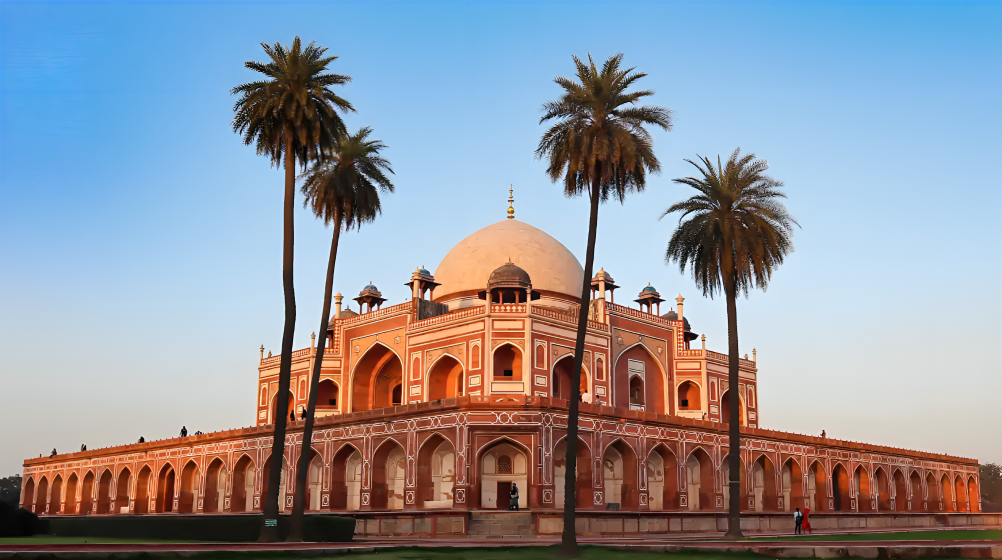Delhi is more than just a city. It is a living museum where centuries of history breathe through every arch, courtyard and street. Among the many dynasties that left their mark here, the Mughal empire stands tall, having transformed Delhi into a city of domes, gardens and palaces. A heritage walk through the Mughal landmarks of Delhi is like stepping into a different era, where stories of power, poetry and devotion are written in red sandstone and marble. From the grandeur of Humayun’s Tomb to the buzzing alleys of Chandni Chowk, every stop on this journey tells a story of India’s royal past.
Humayun’s Tomb: The Inspiration Behind The Taj
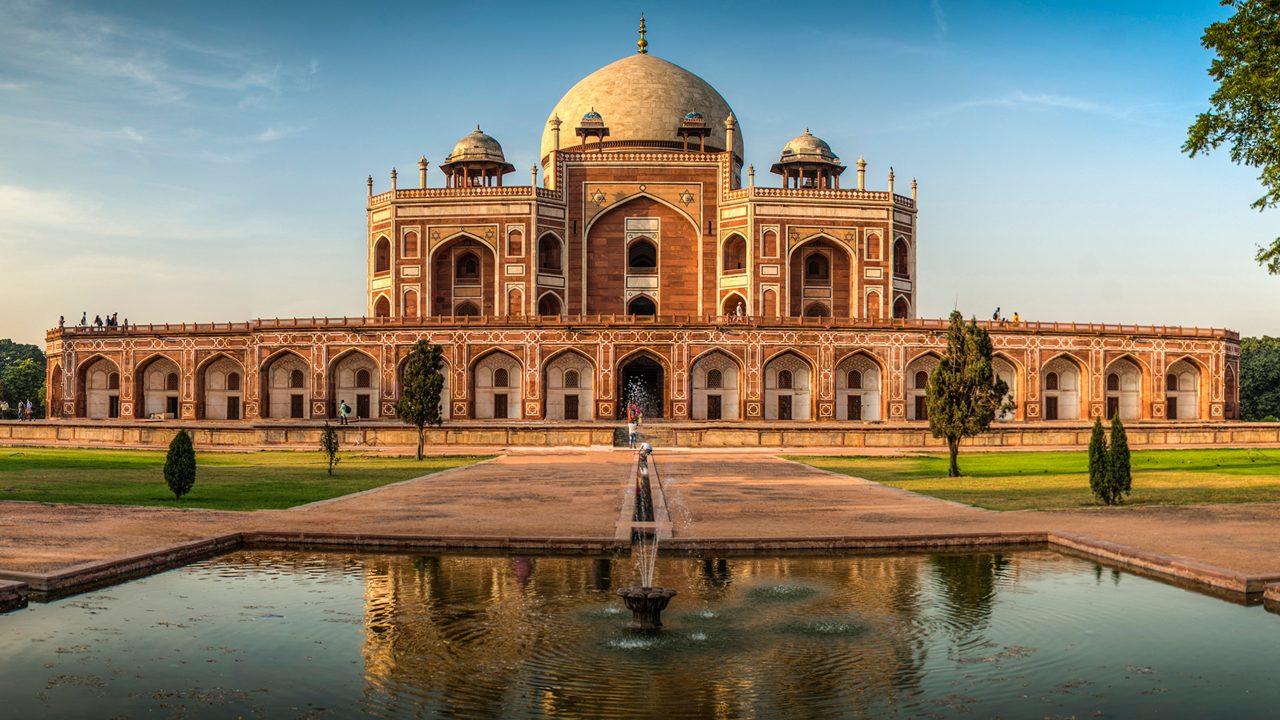
Begin your walk at the magnificent Humayun’s Tomb, one of the earliest and most iconic examples of Mughal architecture in India. Built in the mid 16th century by Empress Bega Begum, the tomb is a UNESCO World Heritage site and is often regarded as the architectural blueprint for the Taj Mahal. Its striking red sandstone structure, symmetrical gardens and arched pathways represent the Mughal vision of paradise. Designed in the Persian Charbagh style, the tomb stands as a symbol of grace and grandeur. Strolling through its gardens at sunrise or sunset offers a glimpse into the artistry that defined Mughal architecture.
Red Fort: The Symbol Of Power And Pride
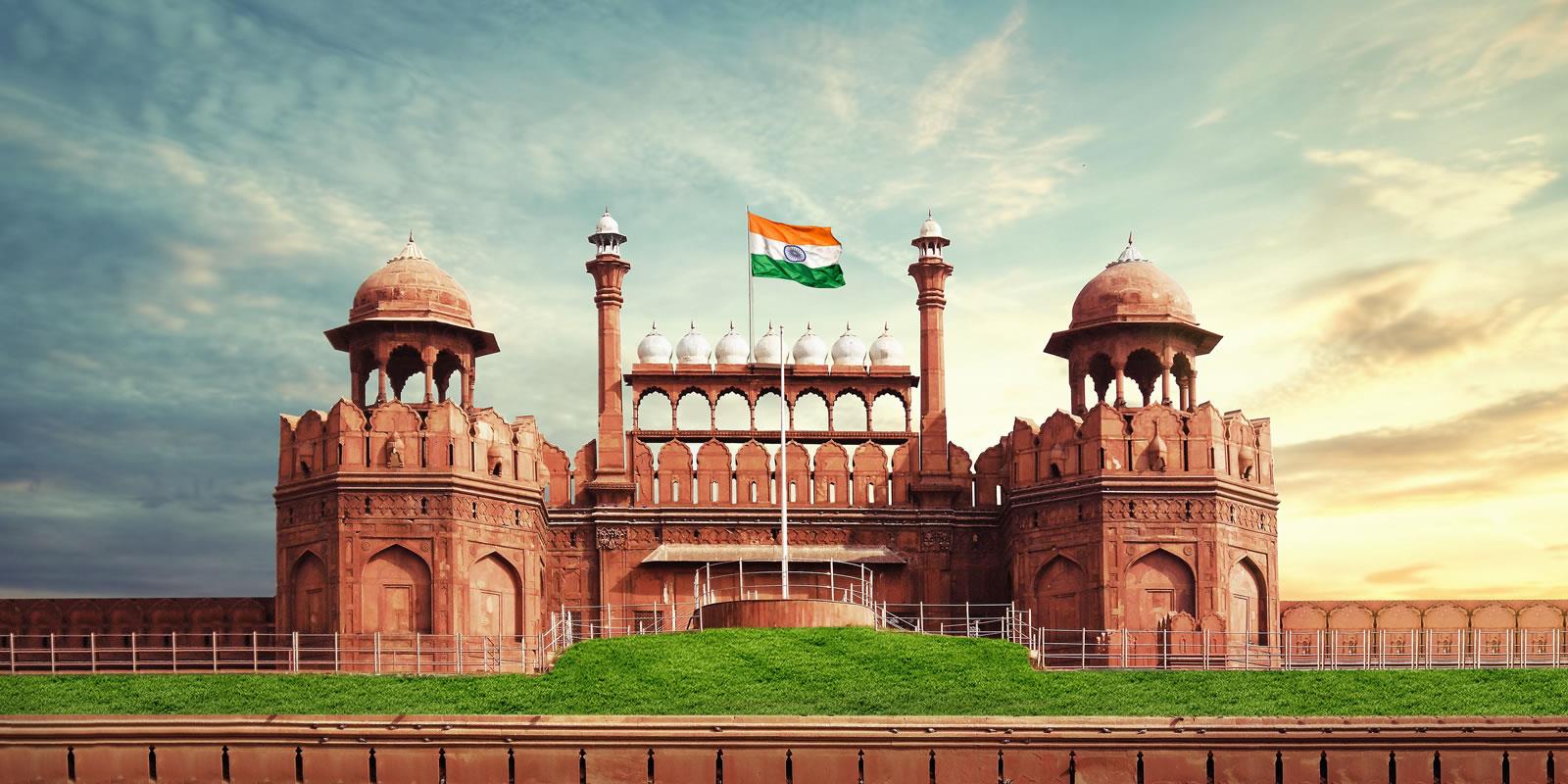
End your journey at the magnificent Red Fort, Delhi’s crowning jewel. Commissioned by Emperor Shah Jahan in 1638, this UNESCO World Heritage site represents the peak of Mughal architectural brilliance. The massive red sandstone walls enclose palaces, gardens and audience halls that once hosted royal processions and imperial ceremonies. The design of the fort blends Persian, Timurid and Indian styles, representing the cultural fusion that defined Mughal rule. Walking through its corridors today, one can almost imagine the splendour of the Mughal court, the sound of musicians, and the sight of emperors addressing their people.
Nizamuddin Dargah: The Spiritual Heart Of Delhi
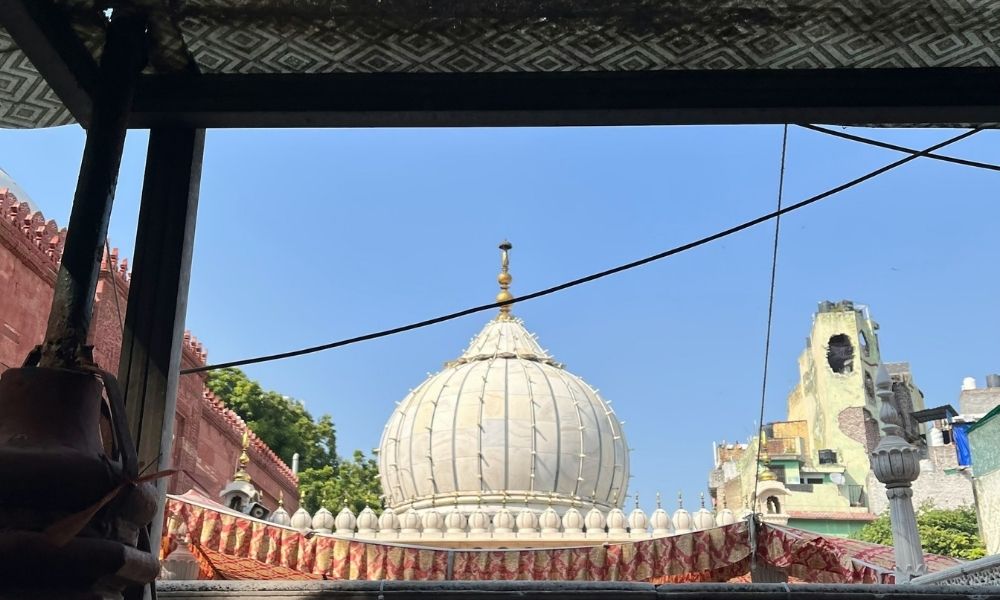
Just a short walk from Humayun’s Tomb lies the Nizamuddin Dargah, the resting place of the revered Sufi saint Hazrat Nizamuddin Auliya. This centuries old shrine is a powerful reminder of Delhi’s spiritual and cultural diversity. The Dargah, with its white domes and intricate marble work, beautifully blends Mughal craftsmanship with a soulful sense of devotion. Visit in the evening to witness the mesmerising qawwali performances that fill the air with music and mysticism. It is not just a religious site but an emotional experience that connects every visitor to the timeless rhythm of the city.
Purana Quila: The Fortress Of The Past
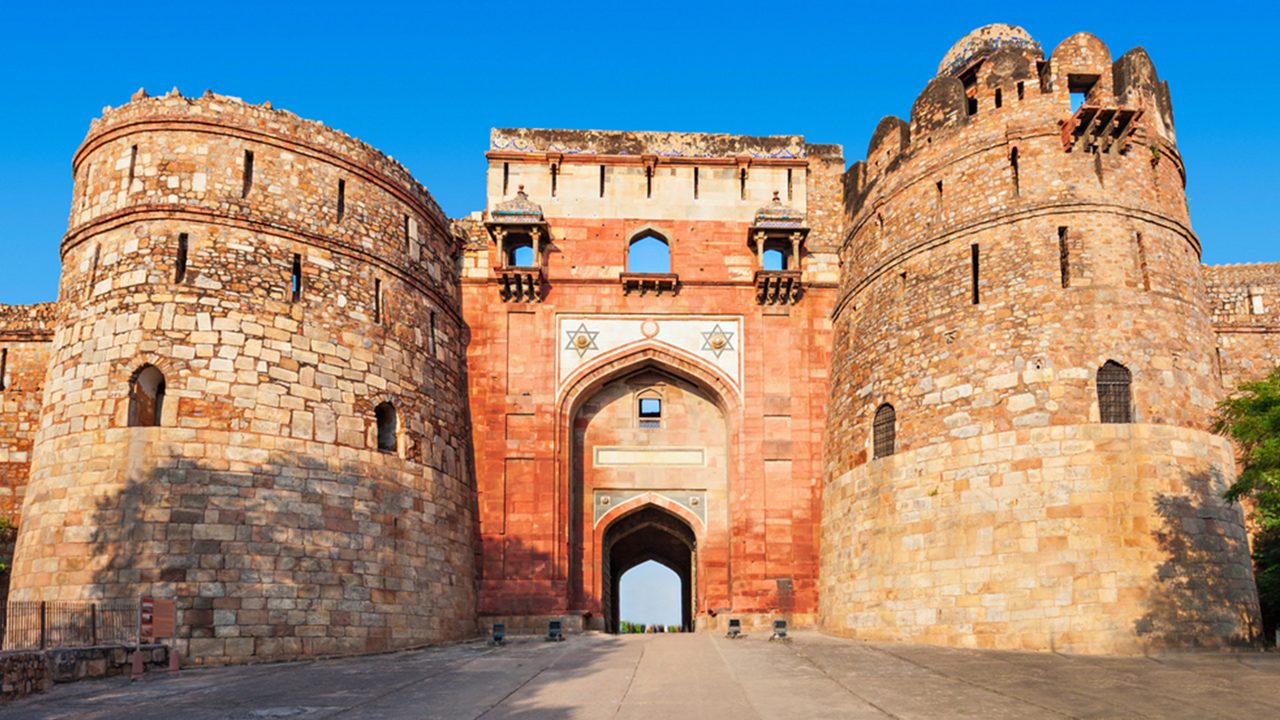
Next on your route is the mighty Purana Quila or Old Fort, one of the oldest surviving structures in Delhi. Originally built by Emperor Humayun and later renovated by Sher Shah Suri, this grand fort stands as a reminder of early Mughal military architecture. Its massive walls, arched gateways and quiet courtyards still echo with the footsteps of emperors. Inside the fort, a small museum showcases artefacts from the Mughal and pre Mughal periods, offering a deeper understanding of Delhi’s layered history.
Chandni Chowk And Fatehpuri Masjid: The Living Legacy
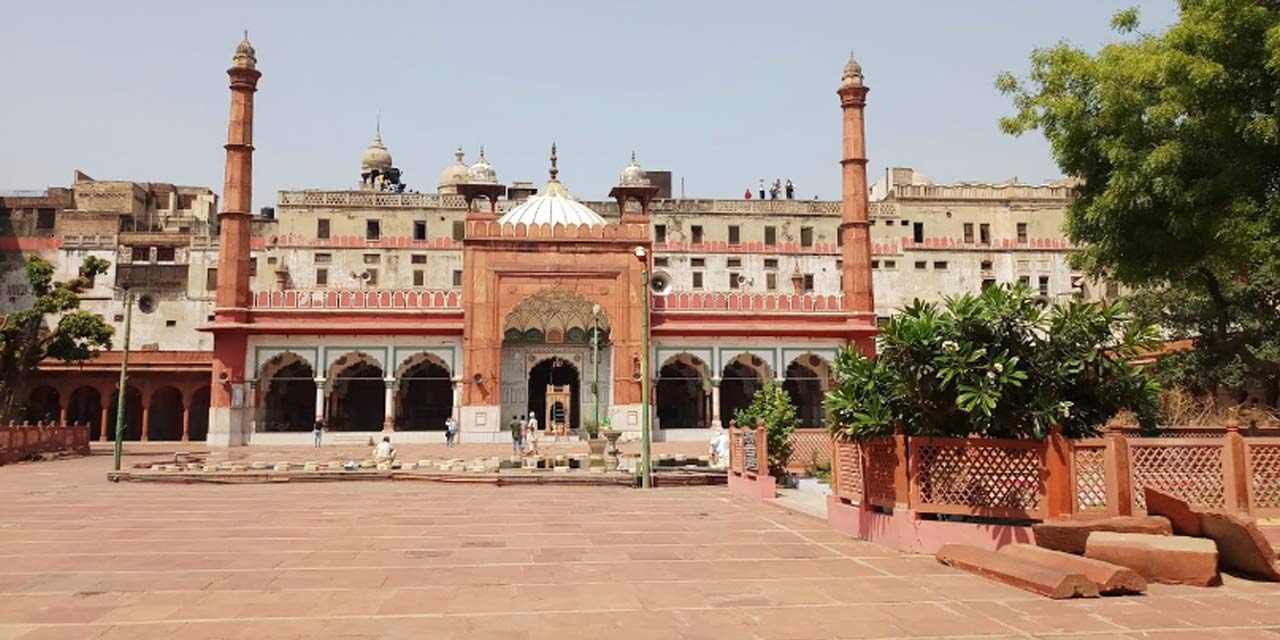
No heritage walk through Mughal Delhi is complete without stepping into Chandni Chowk. Created by Emperor Shah Jahan for his daughter Jahanara Begum, this bustling market remains one of the oldest and busiest in India. The aroma of street food, the chaos of narrow lanes and the charm of historic havelis make it a sensory experience unlike any other. Amidst the market’s energy stands the Fatehpuri Masjid, built by one of Shah Jahan’s queens. Made of red sandstone, it reflects the beauty and simplicity of Mughal architecture. Exploring Chandni Chowk feels like time travel, where every shop and structure carries whispers of a royal past.
A Walk Through History
A Mughal heritage walk in Delhi is more than just sightseeing. It is a journey through art, culture and time. Every monument tells a story of love, power, spirituality and creativity. From the serenity of Humayun’s Tomb to the grandeur of the Red Fort, this route captures the essence of an empire that shaped India’s identity and left behind an architectural legacy that continues to inspire the world.
So the next time you visit Delhi, put on a pair of comfortable shoes, grab your camera and walk through the lanes of history. Let the Mughal spirit of Delhi guide you through its timeless wonders.
For more travel stories, historical trails and destination insights, follow Travel Moves on Instagram and Facebook.

